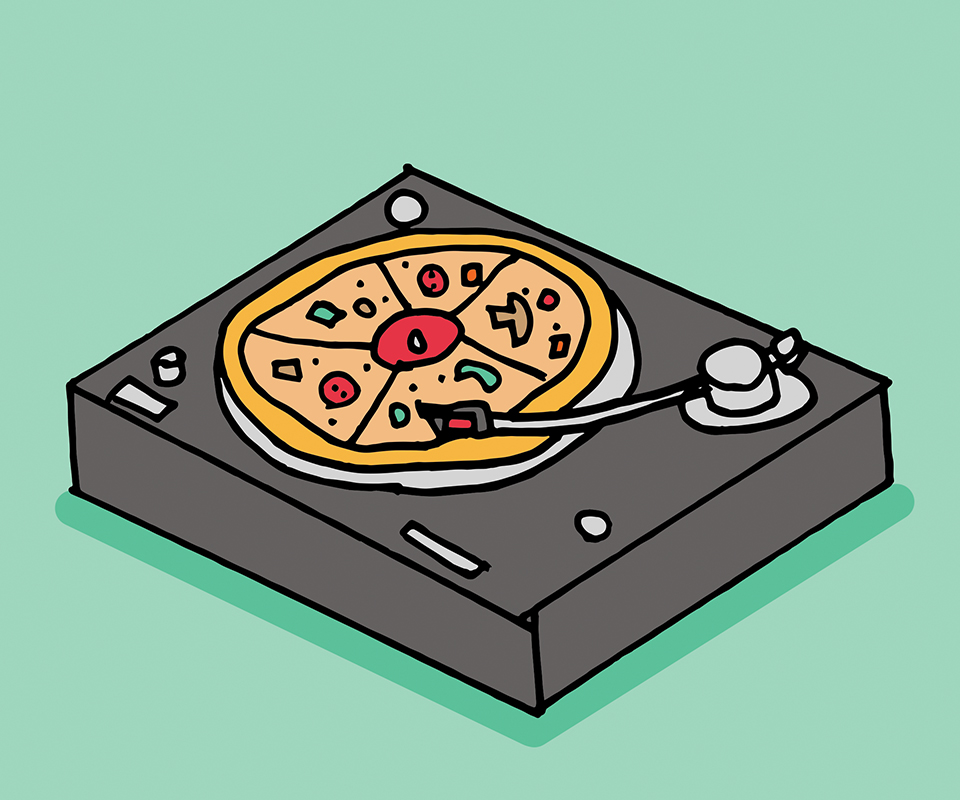Sometimes albums remind us of food
People who have chromesthesia see music in colour. I, instead, have foodsthesia. I see music in terms of food I’m familiar with.
Food and music are both cultural objects, imbued with a sense of identity and belonging. Not only that, both can be appropriated and sold to make tons of money, so they’re even more palatable for the mainstream. Both are celebrations of who we are as people.
Food is actually very evocative; it conveys culture, conceptions of class and even time, as certain food in different cultures is tied to a celebration or holiday. Almost every culture loves to share music and food. They bring people and communities closer together, bridging the gap between different cultures, even if for only a short amount of time.
So much description and identity can be gleaned from food, so this exercise in comparing it to albums can create a new layer for musical criticism. Or maybe this will be just fun.
Fish and Chips
Sgt. Pepper’s Lonely Hearts Club Band (1967) by The Beatles
I chose fish and chips, partly because The Beatles are British, but also because Sgt. Pepper is a good album full of classic hits just like the dish. As with fish and chips, I won’t seek out this album, but once or twice a year, I have the urge to go back to Sgt. Pepper. I’ll have a good listen, and I’ll forget about it for another year.
Beef Tartare
The Money Store (2012) by Death Grips
Death Grips are generally aggressive-sounding, but they have a lot of depth to their music. I am immediately reminded of beef tartare by the band’s overall sound, because both are an acquired taste. I totally understand why people enjoy this album, but like beef tartare, sometimes its rawness is too much for me to handle. Maybe one day I’ll truly appreciate this album.
Deconstructed Cheesecake
Homogenic (1997) by Björk
Homogenic goes for a pop-experimental sound, yet what’s there is so sweet. Like the album, deconstructed cheesecake intentionally lacks the structure and shape of regular cheesecake, looking fancy and strange, but the sweet flavours still shine through.
Steak and Fries
channel ORANGE (2012) by Frank Ocean
This album is meaty and filled with so many great tracks, my favourite being “Pyramids.” Ocean’s melodies are sensual and emotional. The substantial tracks, like “Sierra Leone,” are the steak, because they are flavourful, fusing amazing instrumentals, lyrics and Ocean’s vocal range. Meanwhile, interlude tracks like the delightful “Fertilizer,” are the fries you eat in between the steak. The track proves that side dishes are just as important as the main course. And I’m always in the mood for steak and fries.
Shrimp Pizza
Uyai (2017) by Ibibio Sound Machine
Uyai is the shrimp pizza of albums. Both just hit the right notes for me. It’s the bonding of different elements that I love about this album; the electronic beats, acoustic instruments and the rhythmic singing mesh so well together. Shrimp pizza is analogous, because pizza is a melding of different elements. The crust, the sauce, the cheese and the special toppings fit together harmoniously.
All-you-can-eat buffet
MM… FOOD (2004) by MF DOOM
This album’s theme is literally food; go listen to it.
Whitewashed hummus
Reputation (2017) by Taylor Swift
Hummus has a long history in the Middle East. It’s flavoursome, dense and richly textured. But white people appropriated hummus, stripped it of flavour and history, and made it super bland. Reputation is Swift’s lacklustre hummus. She changed her sound from country music to R&B-inspired beats and melodies, meanwhile bringing up old grudges that few people care about. Swift’s album is uninspiring and tasteless, despite the fact that her other albums were pop hits and in her own style.
Graphic by Zeze Le Lin
